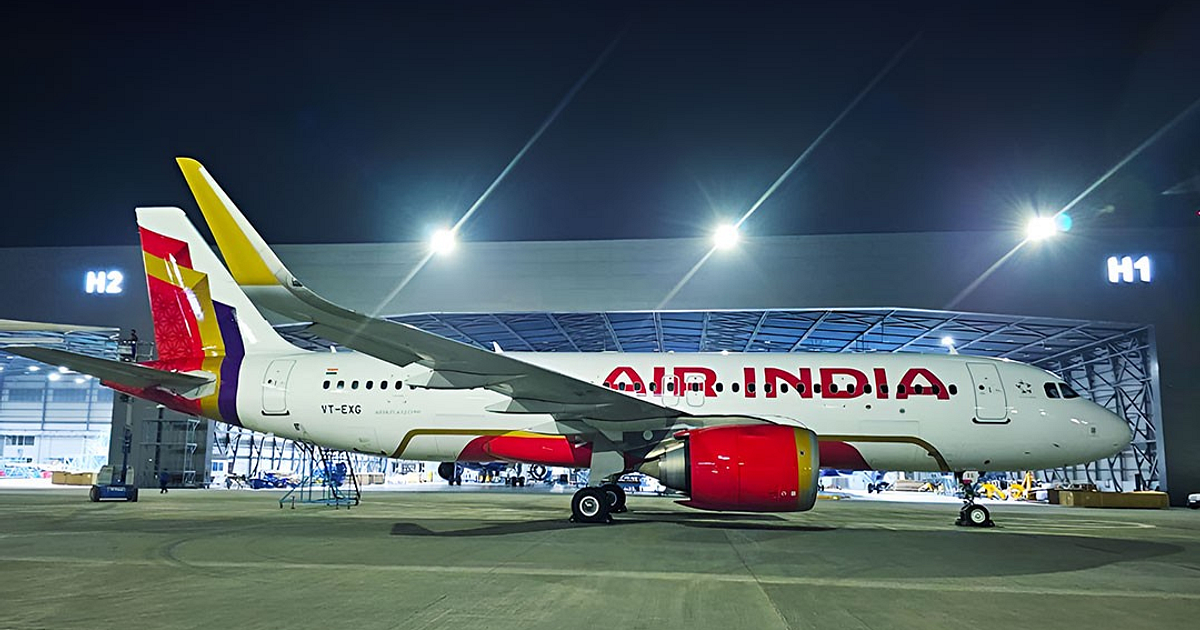Why it Matters
-
Following the tragic June 12 crash of Flight AI 171 (Boeing 787‑8) in Ahmedabad, which claimed 260 lives, preliminary AAIB findings revealed the aircraft’s fuel‑control switches moved from RUN to CUTOFF shortly after takeoff—leading to dual engine failure.
-
In response, the DGCA mandated inspections of the locking mechanisms on Boeing 787 and 737 aircraft registered in India by July 21, referencing a 2018 FAA special bulletin warning of potential disengagement issues.
What Air India Discovered
-
Air India (including its low‑cost unit, Air India Express) initiated voluntary inspections on July 12, finishing all locked‑switch checks within the regulator’s deadline.
-
The airline reported that no issues were detected across the fuel control locking systems on its Boeing 787 and 737 fleet.
-
Global carriers have echoed similar findings, and both Boeing and the FAA continue to affirm that the locking mechanisms are safe.
What This Means for Passengers & Aviation Safety
-
Reassurance for travelers: With zero faults found, Air India’s prompt action should reassure flyers concerned about safety protocols.
-
Enhanced safety culture: The swift compliance with DGCA directives, newsroom scrutiny, and collaboration with the AAIB showcase a more transparent, proactive airline—from suppliers to regulators.
-
Investigation continues: The root cause—whether human input, technical malfunction, or a simple anomaly—remains under investigation. The AAIB’s final report is anticipated within a year.
What to Watch Next
-
AAIB final report: Crucial for clarifying whether switch movement was intentional, inadvertent, or caused by mechanical fault.
-
Regulator responses: The DGCA may consider additional directives, especially if concerns about fuel‑control systems extend beyond Boeing.
-
Industry-wide checks: Other airlines, domestic and international, are expected to report on their Boeing fuel‑control inspections as aviation safety remains under close watch.
Final Thoughts: Safety First, Always
Air India’s rapid compliance reflects a maturing aviation ecosystem in India—where safety protocols are not just reactive but proactive. Although these immediate checks yielded no defects, the tragedy of Flight AI 171 leaves no room for complacency. The industry and public await the AAIB’s comprehensive findings, hoping it will bring clarity and set the stage for improved tooling, training, and trust.


